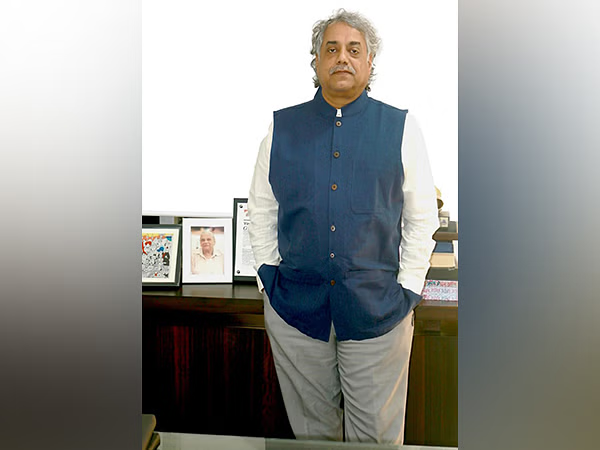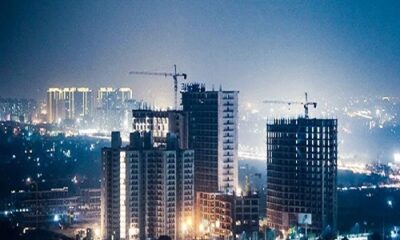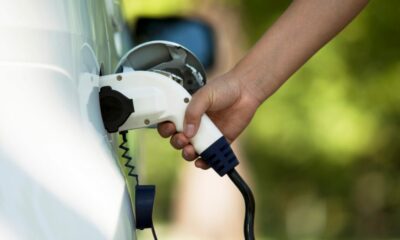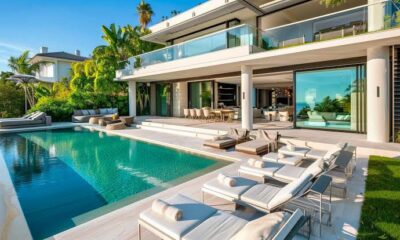News
2008-recession reduces Mumbai apartment sizes by 31%
The 2008-recession effect has changed the Mumbai apartment size scenario by 31 per cent, according to a report by Jones Lang Lasalle (JLL).
The report said, in 2008, apartment sizes in Greater Mumbai were, on average, 20 per cent larger than those observed on a pan-India level. The median size of apartments across the country at that time was close to 1,600 square feet.
“While this number continues to remain more or less the same in most other cities, unit sizes in Mumbai have drastically reduced and are currently 15 per cent lower than the national median size. This is a fall of approximately 31 per cent from 2008,” it said.
NCR in the same time frame saw a drop of 14 per cent in apartment sizes while Pune saw an increase in apartment sizes by 23 per cent. Thane and Navi Mumbai witnessed apartment size reduction of 17 per cent and 18 per cent respectively, according to the JLL report.
“Many would argue that this was the after-effect of recession that hit the world and India in mid-2008. However, it is pertinent to note that typically, construction of investible-grade apartments takes a minimum of three years before completion,” Ramesh Nair, COO, (Business- India), Jones Lang Lasalle.
This means that developers would have been required to anticipate the unfolding of a recessionary period at least by 2006 to have started constructing smaller-sized apartment projects that would see completion in 2009. This seems highly unlikely. Could it have had nothing to do with recession at all?
Over the last five years, Greater Mumbai has seen a significant fall in the average sizes of residential apartments in the investible-grade category. Thane and Navi Mumbai, which along with Mumbai form the Mumbai Metropolitan Region (MMR), too witnessed a fall in apartment sizes, although to a limited extent.
The fall in apartment sizes in Thane and Navi Mumbai has been less severe as compared to the trend seen in the Mumbai residential real estate market.
“It would be reasonable to assume that the rising levels of affluence in the city would yield a preference for larger apartment sizes. Why has that not been the case? While a major part of the fall seems gradual, a closer look at some sharp variations during the last 4-5 years could possibly help understand this trend better,” Nair said.
With Delhi-NCR too exhibiting the same trend, this appears to be a phenomenon of the larger metro cities. Other cities such as Bangalore, Chennai, Pune, Hyderabad and Kolkata have, in fact seen a varying rise in median apartment sizes. The dynamics of apartment sizes has a tale to tell — a tale about affordability and development of the residential sector across cities.
-



 News3 weeks ago
News3 weeks agoNoida’s High-Rise Societies Face Multiple Challenges Despite Rapid Urban Growth
-



 News3 weeks ago
News3 weeks agoOlive Announces Dhruv Kalro as Co-Founder
-



 News4 weeks ago
News4 weeks agoGodrej Properties Sells 5000+ Homes of Rs 9.5 cr in Q4FY24, Bookings up 84% YoY
-



 News4 weeks ago
News4 weeks agoVestian: Domestic Investors Dominate Institutional Investments in Jan-Mar’24
-

 News3 weeks ago
News3 weeks agoIndia to become the fastest-growing silver economy, housing up to 17% of the world’s elderly population by 2050: CBRE Report
-



 News4 weeks ago
News4 weeks agoHRERA Gurugram Rejects Godrej Properties’ Project Extension Application, Account Frozen For Prolonged Non-compliances
-



 News2 weeks ago
News2 weeks agoSKA Forays In Luxury Housing: Launches SKA Destiny One in Greater Noida, To Invest Rs 592 Crores
-



 News4 weeks ago
News4 weeks agoAshiana Housing Sells Rs 440 cr Worth 224 Flats at its Project Amarah in Gurugram




























